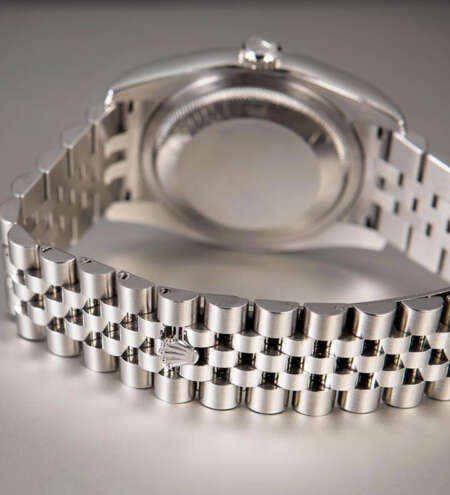Understanding How Quartz Clocks and Watches Work
Learn Why You Need One for Yourself!
Prior to the 20th century, clocks relied on pendulums (or balance wheels in watches) and mechanical gears to keep time accurately. A wound spring maintained the motion of the pendulum which, in turn, governed the motion of the gears. Then, in 1921, an American Physicist named Walter G. Cady leveraged the piezoelectric properties of quartz to create an entirely new, more accurate type of clock.
If a substance is piezoelectric, it means that you pass an electric current through it, it will vibrate at a precise and predictable frequency. In essence, the oscillating motion of piezoelectric quartz acts as a very fast, accurate pendulum. In a quartz clock, a battery provides power to a microchip circuit which makes the quartz crystal oscillate at precisely 32768 times per second. Meanwhile, the microchip counts the oscillations and subsequently outputs one pulse of electricity each second. These pulses control the gears that move the hands of the clock.
Because the quartz crystals oscillate so fast, and because they don’t require regular winding to maintain the motion of a pendulum, quartz clocks are far more accurate than their mechanical counterparts. They are also less vulnerable to environmental factors such as friction and elevation. That said, there is still something of a stigma surrounding the merit of quartz clocks among some clock makers and horologists. For these clock lovers, quartz clocks lack the elegance craftsmanship of mechanical clocks.
For more pragmatic folks, however, quartz clocks offer the perfect blend of quality and cost-effectiveness. Today, quartz clocks and watches remain the most widely used timekeeping devices in the world.


